Ha Giang has great potential but faces many difficulties in infrastructure and services to encourage tourists to spend more while still preserving the environment and local culture.
By the end of September, Ha Giang welcomed about 2.1 million visitors, including nearly 220,000 international visitors, with revenue reaching more than VND5,000 billion, up 58% over the same period last year. Ha Giang is becoming a top destination for backpackers. Many foreign tourists said they knew about Ha Giang from previous visitors and videos about the "Ha Giang loop" shared on social networks.
Hannes and Laura, a German couple who spent three days in Ha Giang in September, said the experience far exceeded what they had seen online. The beautiful weather, the majestic scenery of the valleys and mountains, and the peaceful life of the local people left a lasting impression on the northeastern mountainous region.
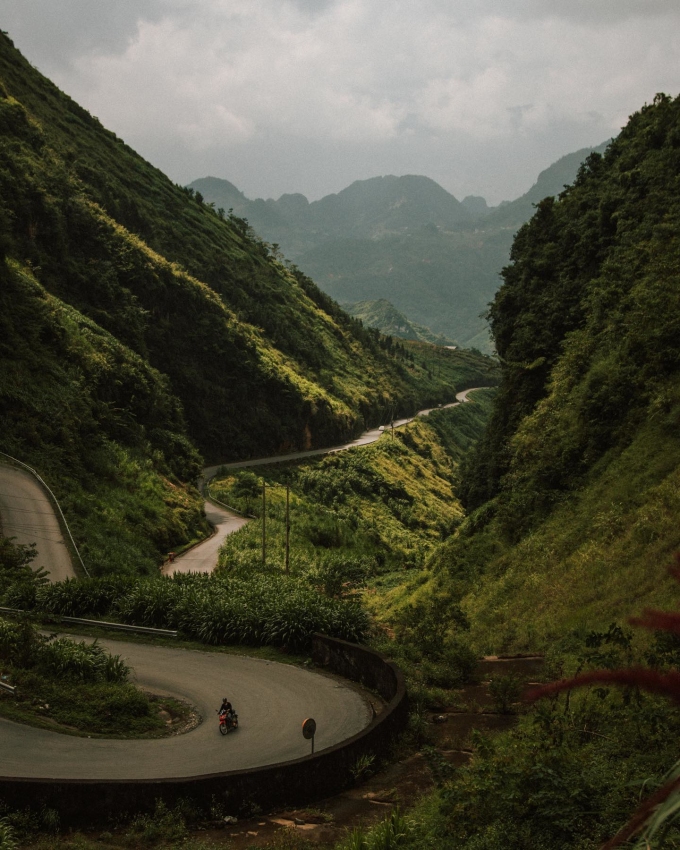
Hannes and Laura captured this curve in Ha Giang during their trip in September. Photo: Peanut.and.date
Although highly appreciated for its landscape, Mr. Hoang Xuan Don, Director of Dong Van Karst Plateau Geopark (CVDC), said Ha Giang still has many problems such as under-investment in tourism infrastructure and lack of services for tourists to spend money - tourists mainly come to sightsee and spend a small amount of money on snacks and souvenirs.
"Because the area is so large, there is still a lot of room for resources, especially geological values that have not been properly exploited. If there are enough resources and good plans and solutions, the area with thousands of geological points can be turned into tourist destinations," he said.
According to Mr. Don, Ha Giang is a poor province, lacking in facilities and infrastructure. The budget is mainly used to support people's lives, not much for tourism development.
The representative of the Geopark commented that tourism is having a positive impact on people's lives. However, Mr. Don emphasized that "when you are hungry, you need to eat first". If we were to weigh the budget between using the budget to create a stopover for tourists or supporting a village that has just been hit by flash floods and landslides, the province would choose the latter.
From 2018 to present, Ha Giang has recorded tourism revenue growth, respectively 1,150 billion VND (2018), 2,000 billion VND (2019), 2,477 billion VND (2020), 1,633 billion VND (2021 - peak of Covid-19 pandemic), 4,536 billion VND (2022).
According to VnExpress , in 2022, Ha Giang's tourism revenue will rank about 18th nationwide. The provinces and cities with the highest revenue in 2022 are Ho Chi Minh City (120,000 billion VND), Hanoi (60,000 billion VND), Quang Ninh (25,000 billion VND). The locality with a mountainous geographical location, quite similar to Ha Giang, is Lao Cai, with a revenue of 15,000 billion VND.
Mr. Lai Quoc Tinh, Chairman of the Ha Giang Province Tourism Association, assessed that Ha Giang's tourism revenue is at an average level among provinces and cities doing tourism.
"Ha Giang has relatively stable tourism revenue, not bad, but importantly, the money paid to the state budget is not much," said Mr. Tinh. A representative of the Ha Giang Tourism Association analyzed that visitors to Ha Giang are currently mainly backpackers (accounting for 70-80% of the total). This group of visitors often rent motorbikes to travel on their own and stay at homestays along the "Ha Giang loop" route, not at high-end resorts.
Mr. Tinh said that a hotel or resort accommodation business will pay 8% VAT. Homestays and motorbike rental businesses will pay a lump sum tax for business households, about 1-2 million VND per household per month. Some homestay businesses do not pay tax because Ha Giang is encouraging people to do tourism and preserve identity and culture.
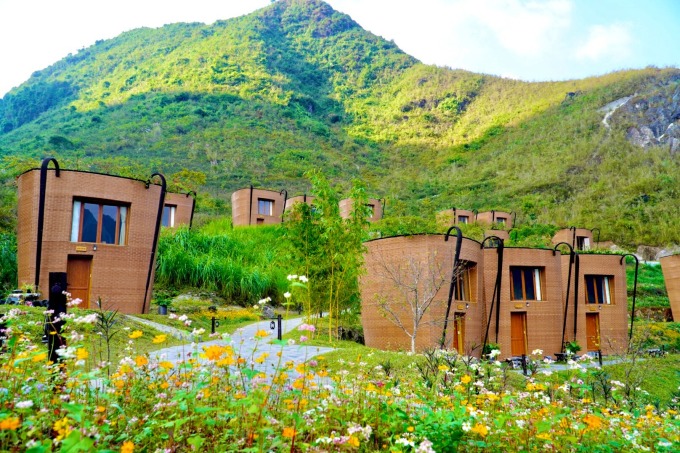
A resort in Quan Ba with bungalow-style bedrooms. Photo: Hmong Village
Meanwhile, Ha Giang only has about 3-4 tourist attractions that charge fees, each of which charges 10,000-20,000 VND per visitor, such as Lung Cu flagpole and Lung Khuy cave. Mr. Tinh assessed that this amount of money is too little to "invest back in tourism". "There is no money to invest in tourism infrastructure", he affirmed.
According to Ha Giang Newspaper, as of March 2022, Ha Giang has 7 poor districts including Meo Vac, Dong Van, Yen Minh, Quan Ba, Bac Me, Hoang Su Phi and Xin Man. The four districts of Meo Vac, Dong Van, Yen Minh, and Quan Ba are all top tourist destinations, located in the Ha Giang loop.
Human resources for tourism in Ha Giang are also lacking and weak. Due to the limited high-quality human resources, the acquisition, creation and innovation of tourism products are difficult.
According to the reporter's records, with a group of 15 foreign tourists participating in a motorbike tour (in case the guests drive themselves), only one person knows English to communicate with the whole group.
"Drivers don't just know how to drive, they also have to know how to communicate to introduce Ha Giang to tourists," said Mr. Don.
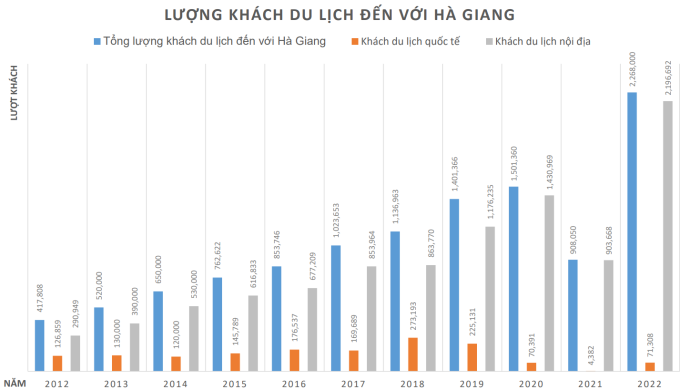
Statistics of the number of visitors to Ha Giang by year. Photo: Document
Mr. Tinh said that for a community of 19 ethnic minorities like Ha Giang, learning Vietnamese is difficult, let alone English. Every year, the association and the Department of Culture, Sports and Tourism of Ha Giang province have plans to improve foreign language skills for those working in tourism. However, this is not something that can be done quickly in a day or two.
On October 31, the People's Committee of Ha Giang province approved a project to collect entrance fees to the Dong Van Karst Plateau UNESCO Global Geopark at VND30,000 per adult, VND15,000 for children, and some exemptions. The Geopark accounts for about 65% of visitors to Ha Giang. Thus, by 2024, the estimated revenue from fee collection will be about VND48 billion (based on an average stay of 1.5 nights).
The fee collection management unit is the People's Committee of districts, communes, wards and towns in the Geopark area, while the direct fee collection unit is the organizations and individuals operating accommodation services in the Geopark area. 60% of the collected money will be paid to the budget and used for a number of purposes such as investing in upgrading tourism infrastructure; preserving and promoting heritage values in the Geopark; cleaning; promoting the image of the Geopark.
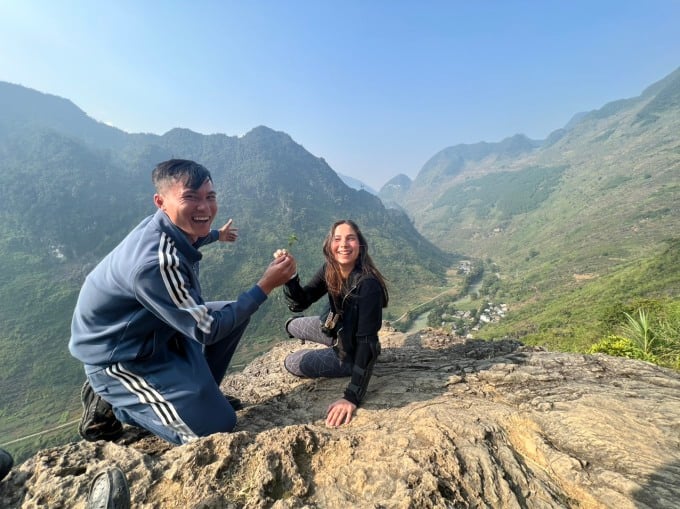
Tour guide takes photo with Dutch tourists in Can Ty (Quan Ba, Ha Giang). Photo: BiBi Ha Giang Tour
Mr. Tinh emphasized that Ha Giang collects small fees, averaging less than 100,000 VND per passenger for the entire trip. Therefore, Mr. Tinh expects tourists to support Ha Giang so that the province can have a certain amount of revenue to support the community, develop tourism, and enhance the destination's image.
A Ha Giang tourism expert commented that this is a "chicken and egg" story. To have a chicken for tourism, Ha Giang needs money to hatch the egg into a chicken - that is, money to invest in tourism.
For a locality like Ha Giang, experts say it is very difficult to use investment money for poor people to develop tourism. Private resources are available, but in return, Ha Giang could be "capitalized in the whole region, turning people into hired workers on their own land". Therefore, this expert believes that socializing tourism is still the best solution.
A representative of the Ha Giang Tourism Association said that the locality will continue to promote the destination in the coming time. Ha Giang hopes to attract more high-spending tourists who want in-depth experiences. According to Mr. Tinh, tourists must spend about a week if they want to truly understand the indigenous culture of Ha Giang.
There are no specific statistics on the spending of tourists when coming to Ha Giang. However, based on his experience in tourism, Mr. Tinh said that backpackers spend about one million VND per day (including food, accommodation, and motorbike rental). With an average itinerary of 2-3 nights, this group spends about 3 million VND per trip.
Ms. Hoang Tuyet, Director of Top One Travel, said that for a 3-day, 2-night trip, a tourist to Sa Pa, Lao Cai, will spend an average of about 3.5 million VND per trip with only one attraction, the Fansipan cable car. This number may be higher because Sa Pa has many tourist attractions that charge fees and a variety of hotel options ranging from 3 to 5 stars.
Although he wants to attract high-spending tourists, Mr. Tinh affirmed that Ha Giang will always develop tourism associated with local factors and will not massively build 5-star hotels and resorts.
"Ha Giang will take slow and steady steps, closely linked to local culture so that visitors here still have space to experience," he said.
Tu Nguyen
Source link









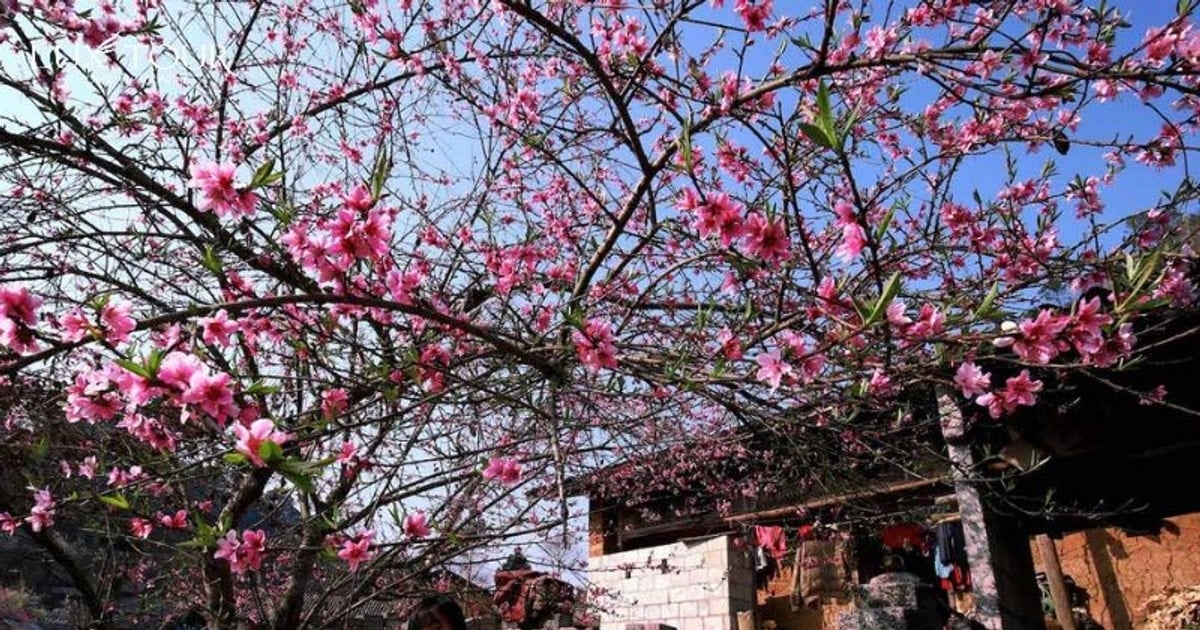

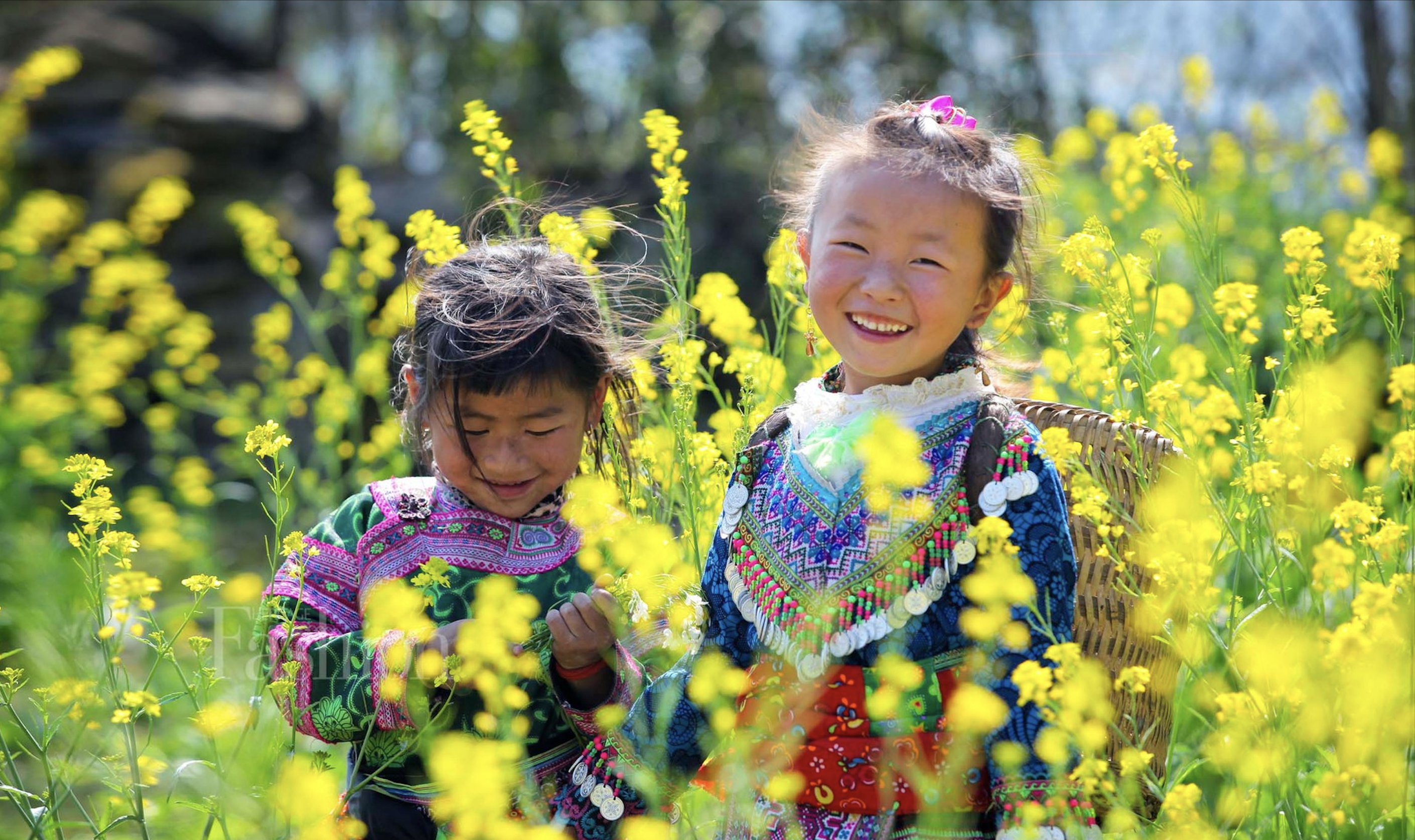

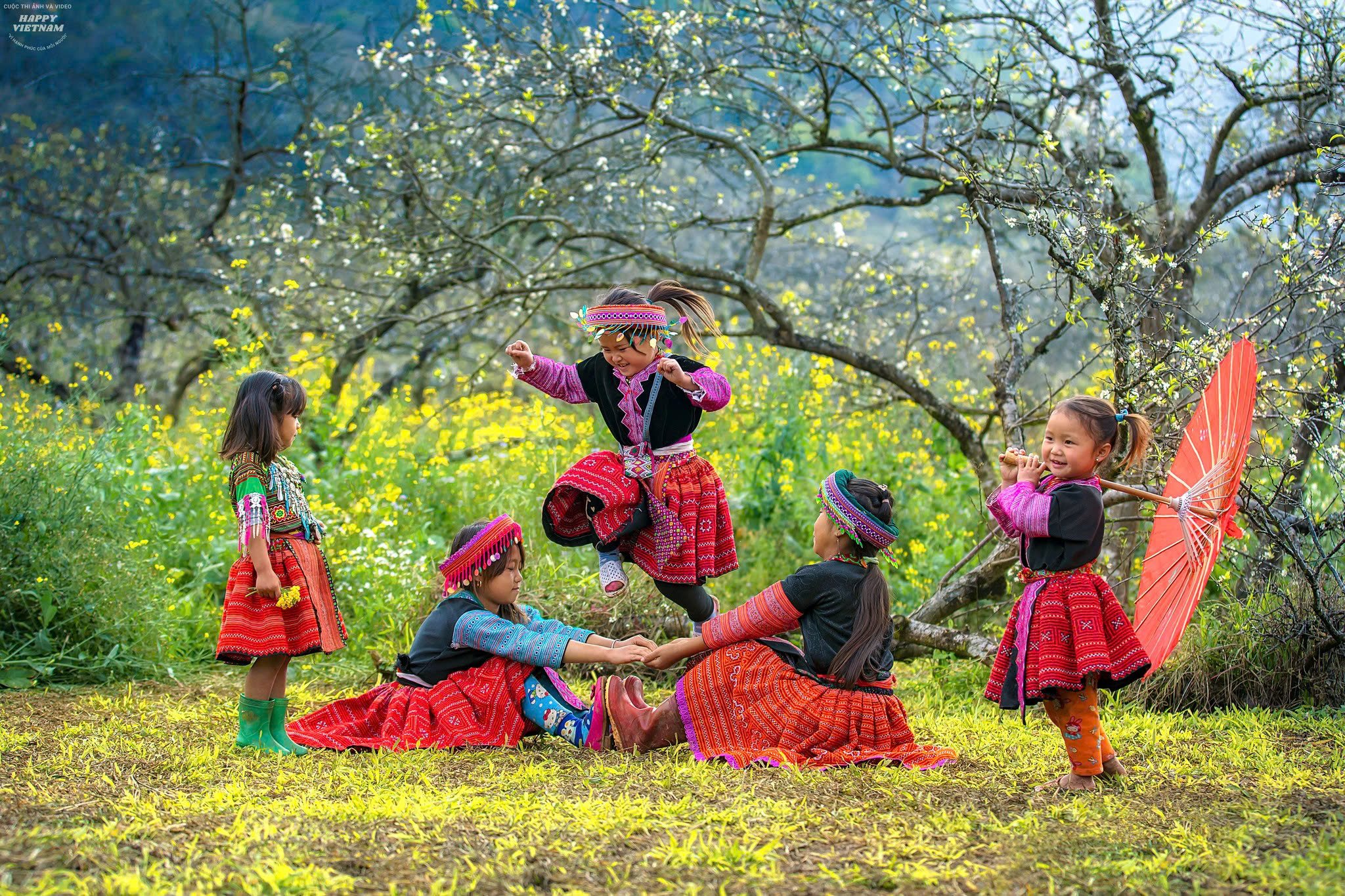
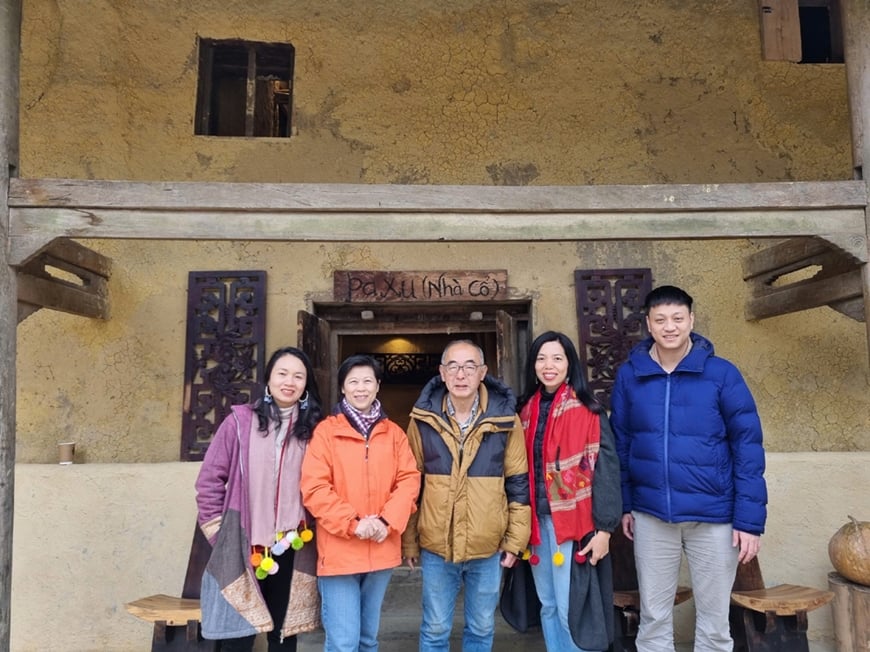

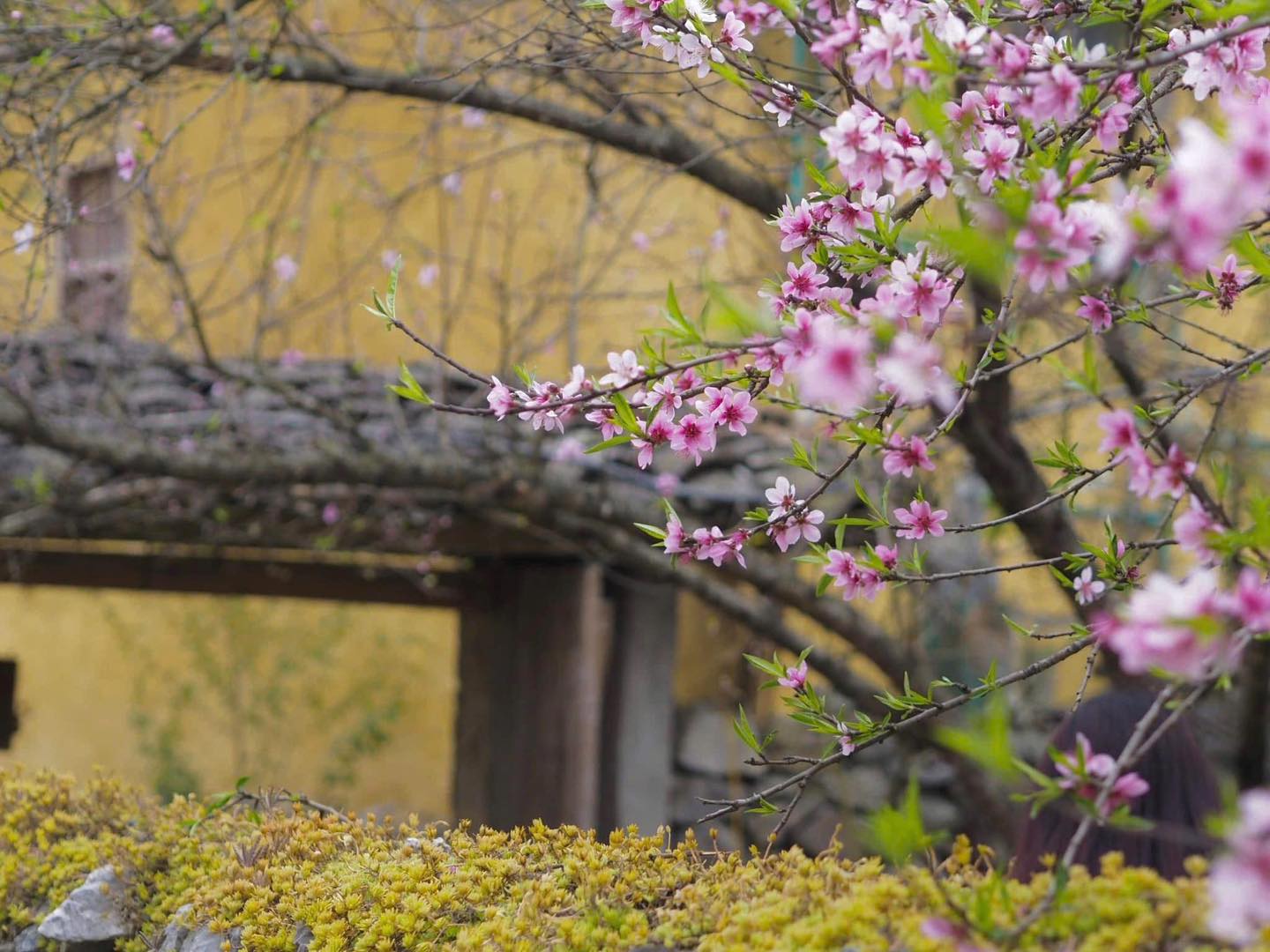

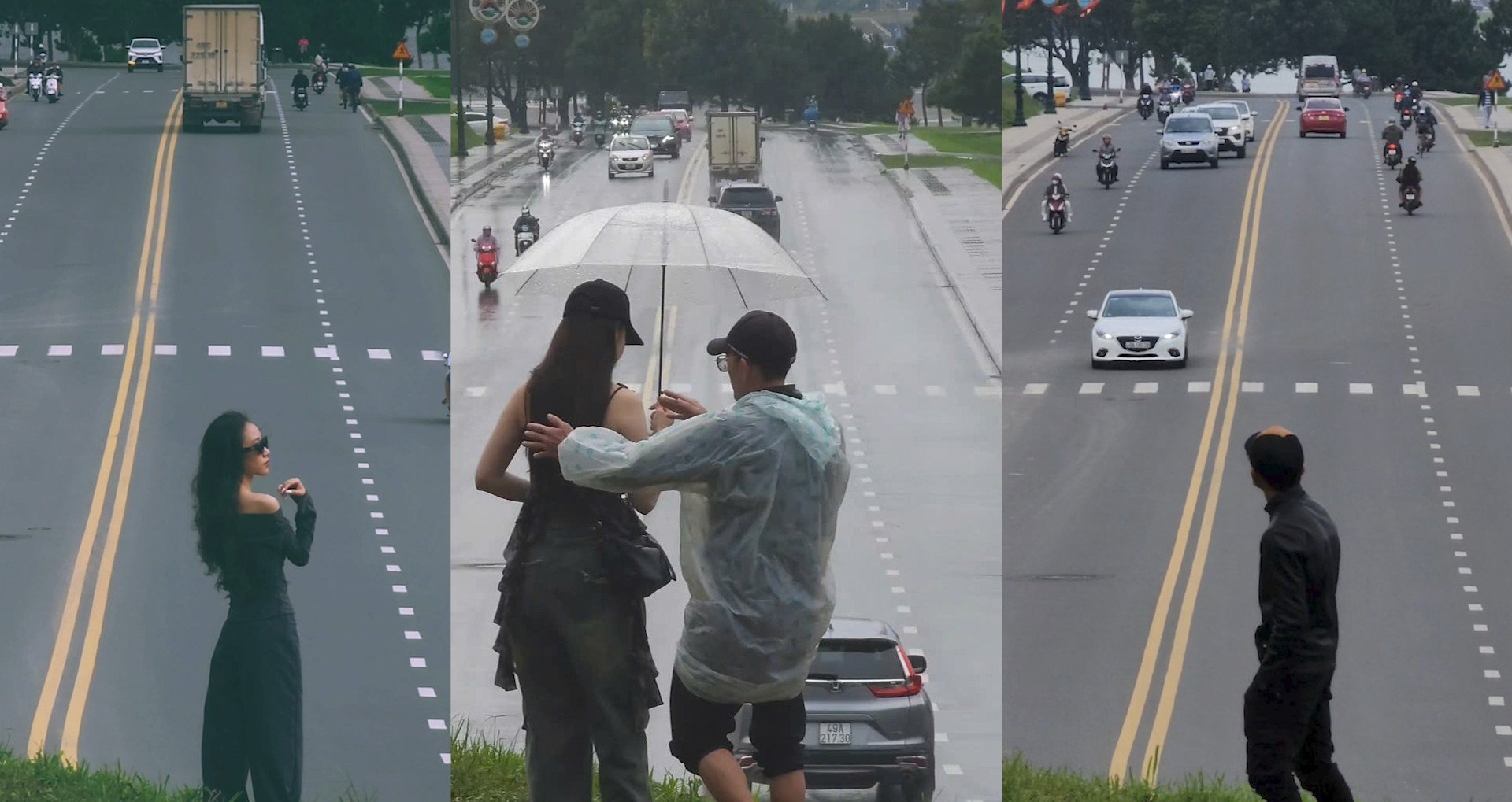



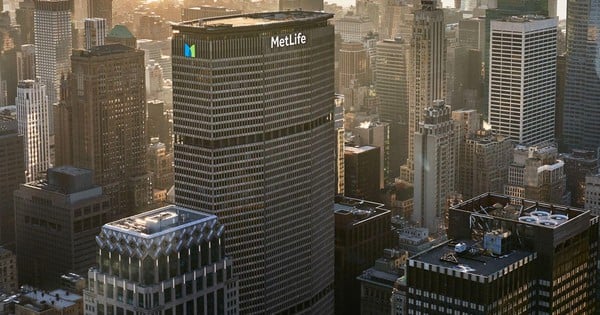



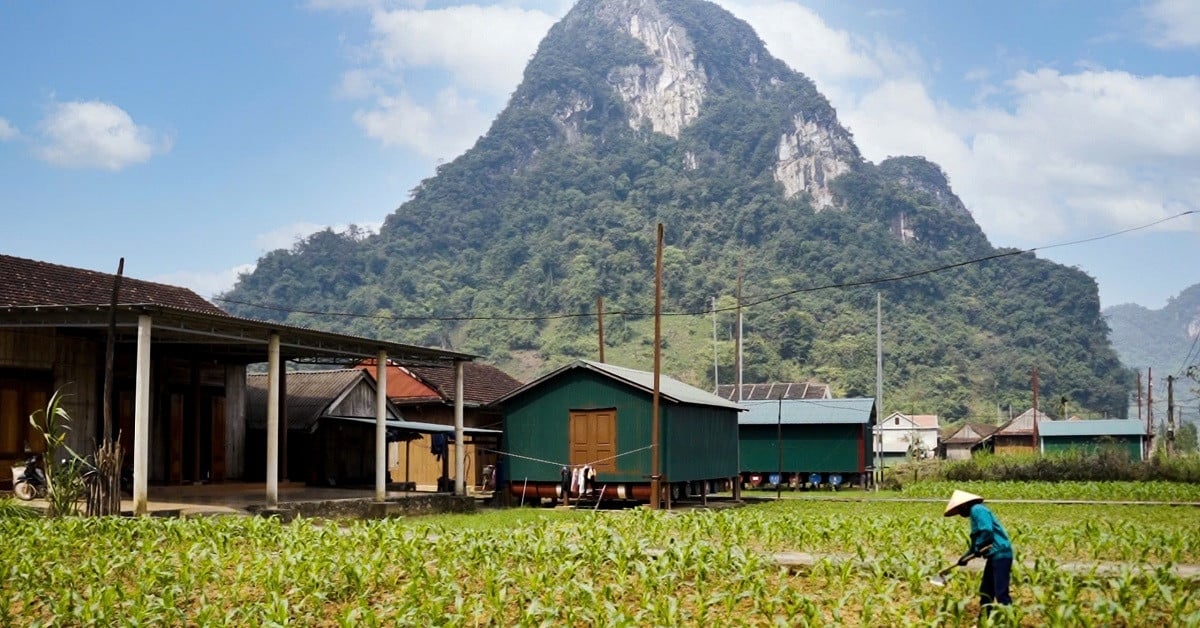













![[Photo] Prime Minister Pham Minh Chinh chairs Government Conference with localities on economic growth](https://vstatic.vietnam.vn/vietnam/resource/IMAGE/2025/2/21/f34583484f2643a2a2b72168a0d64baa)








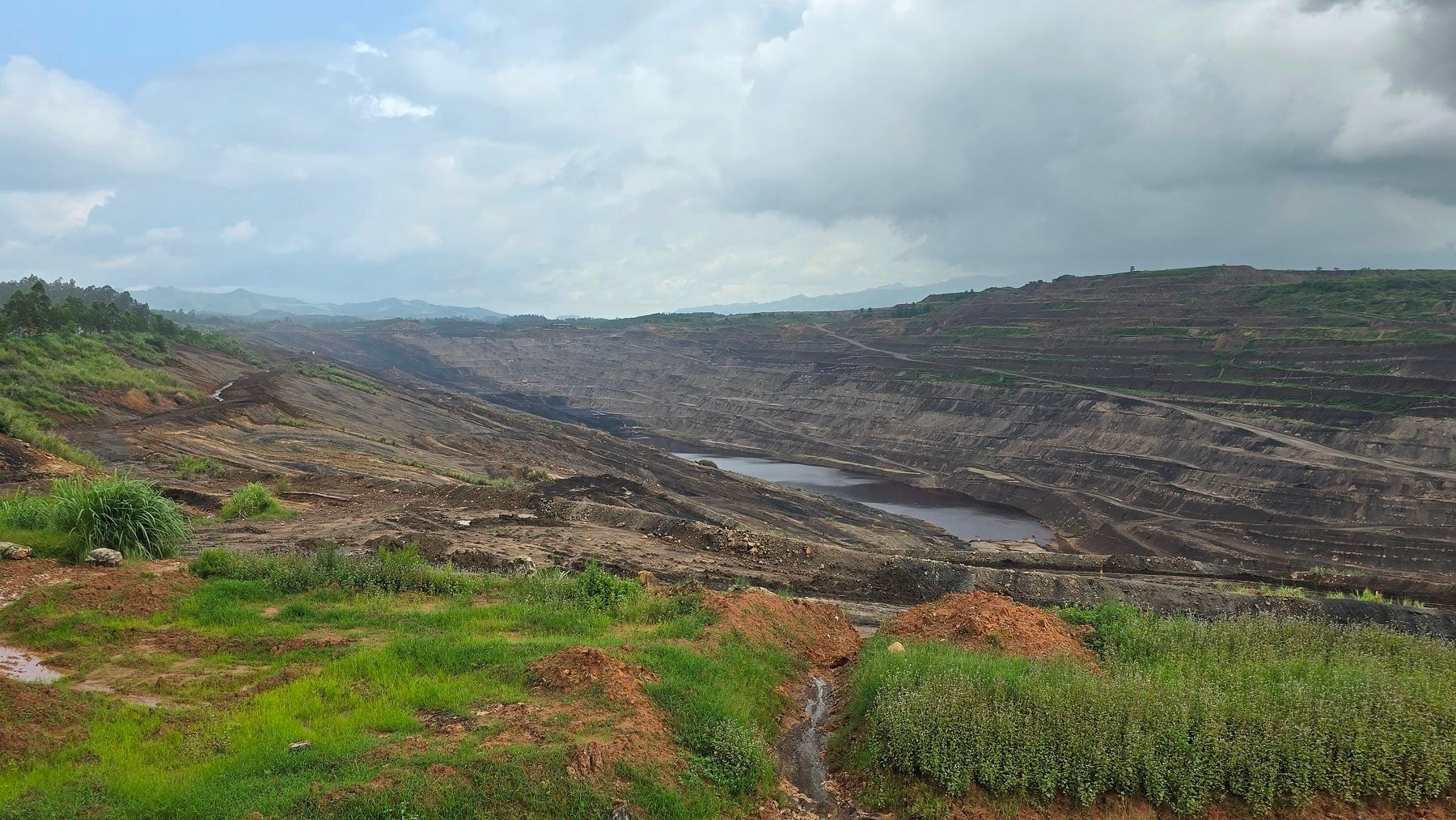


















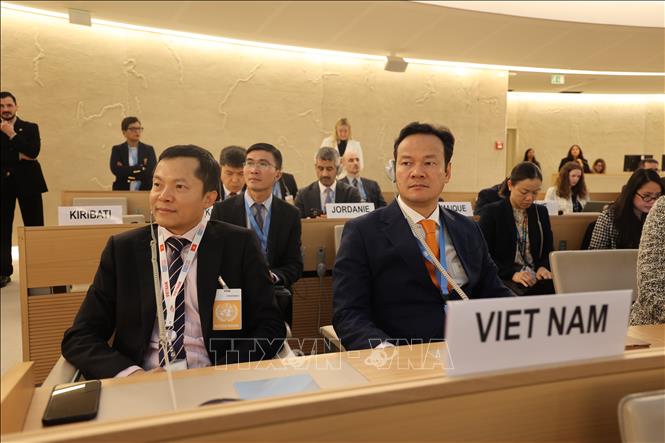


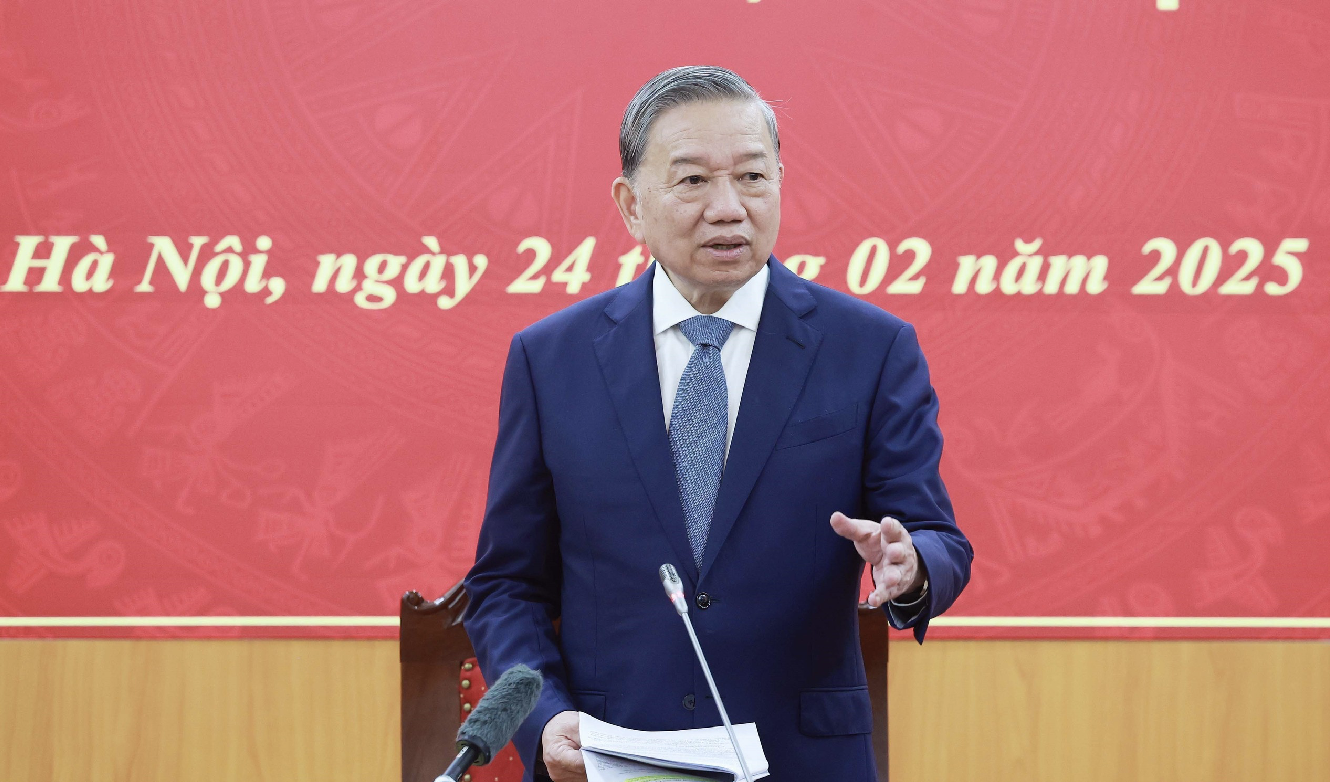
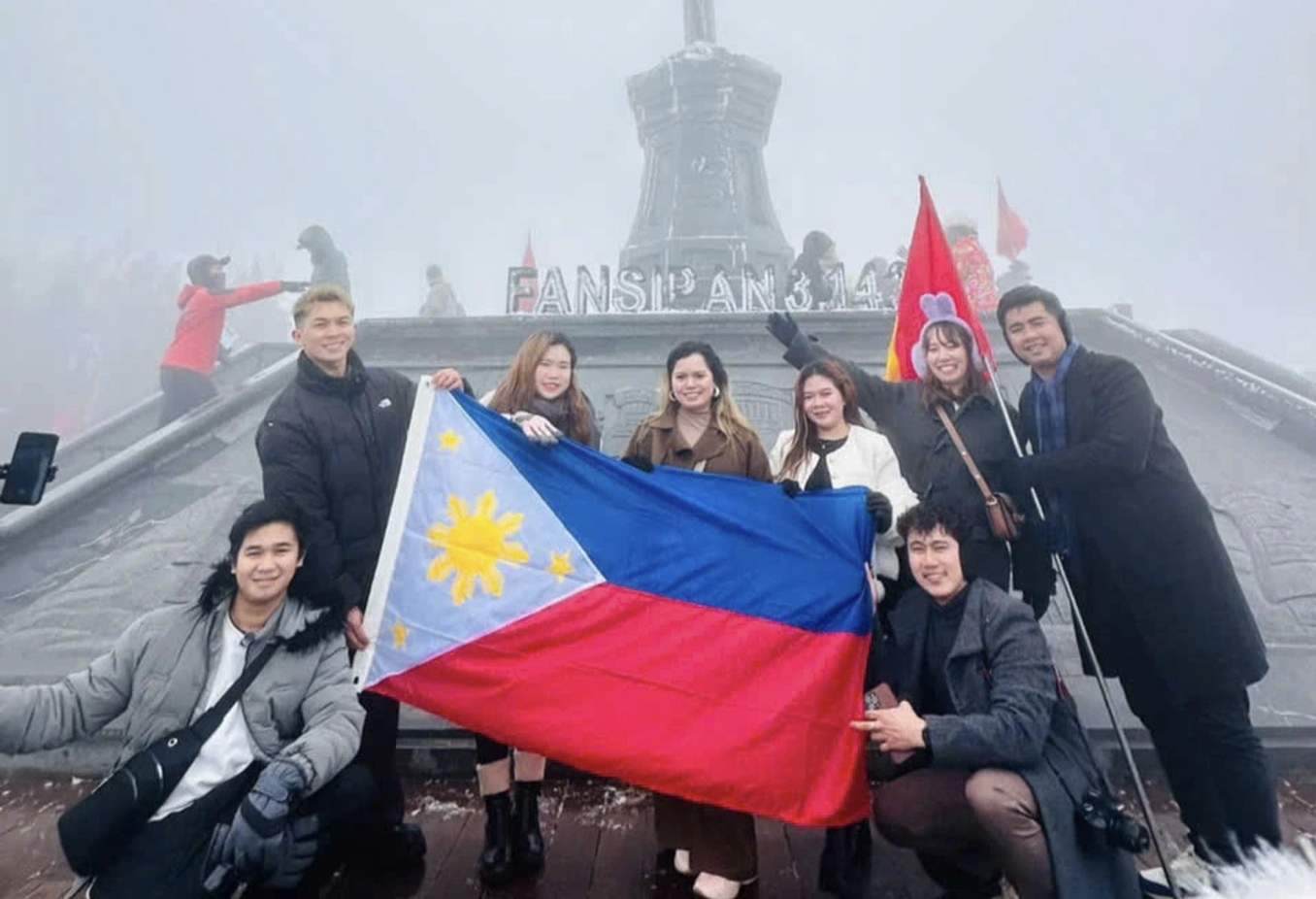

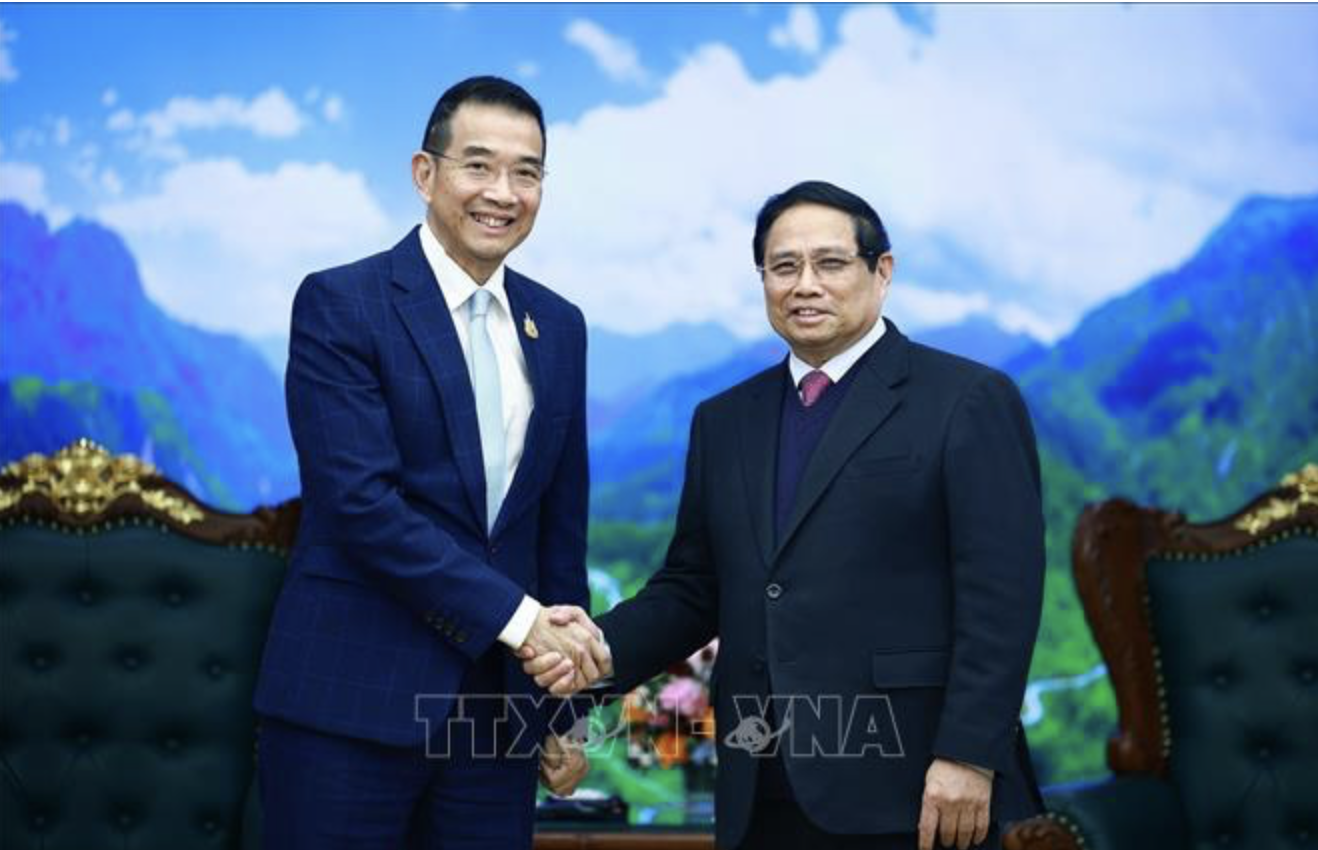
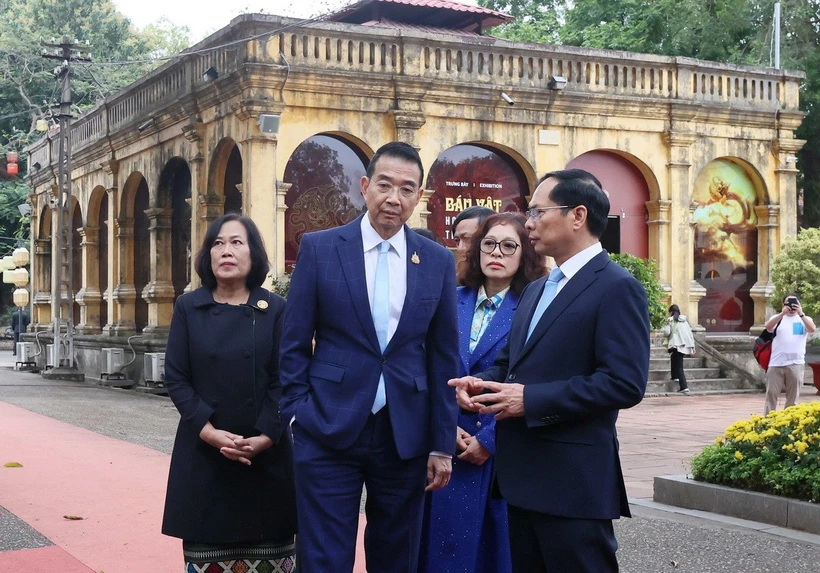























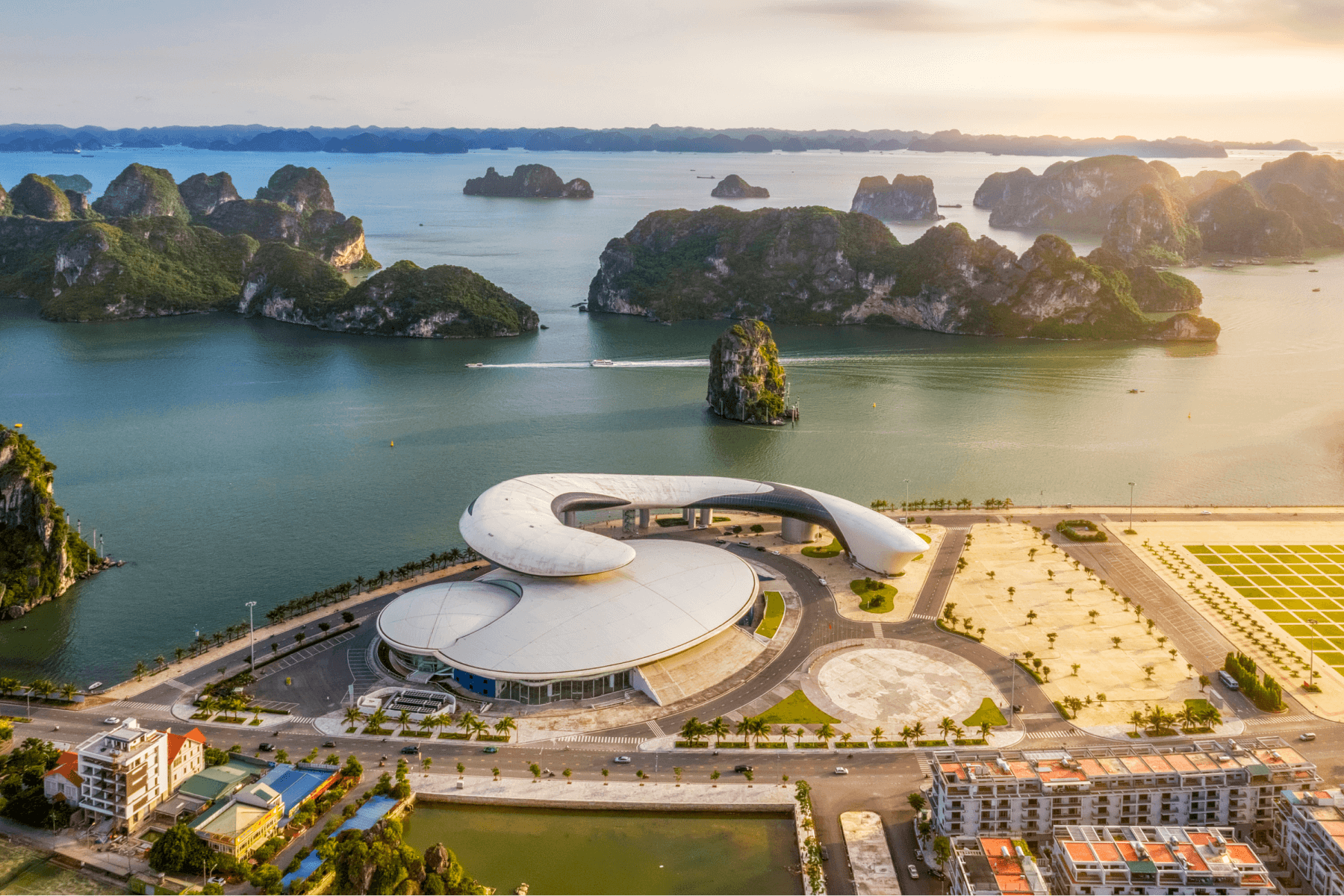
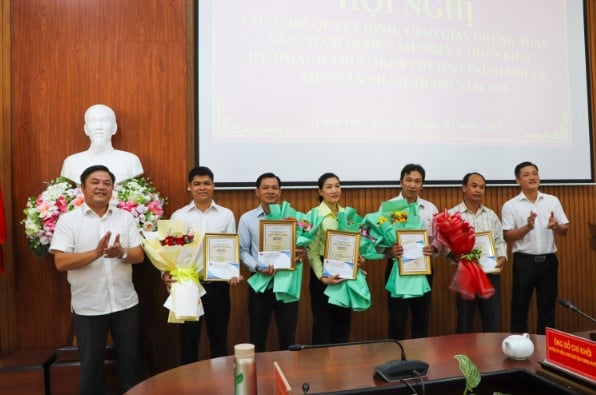
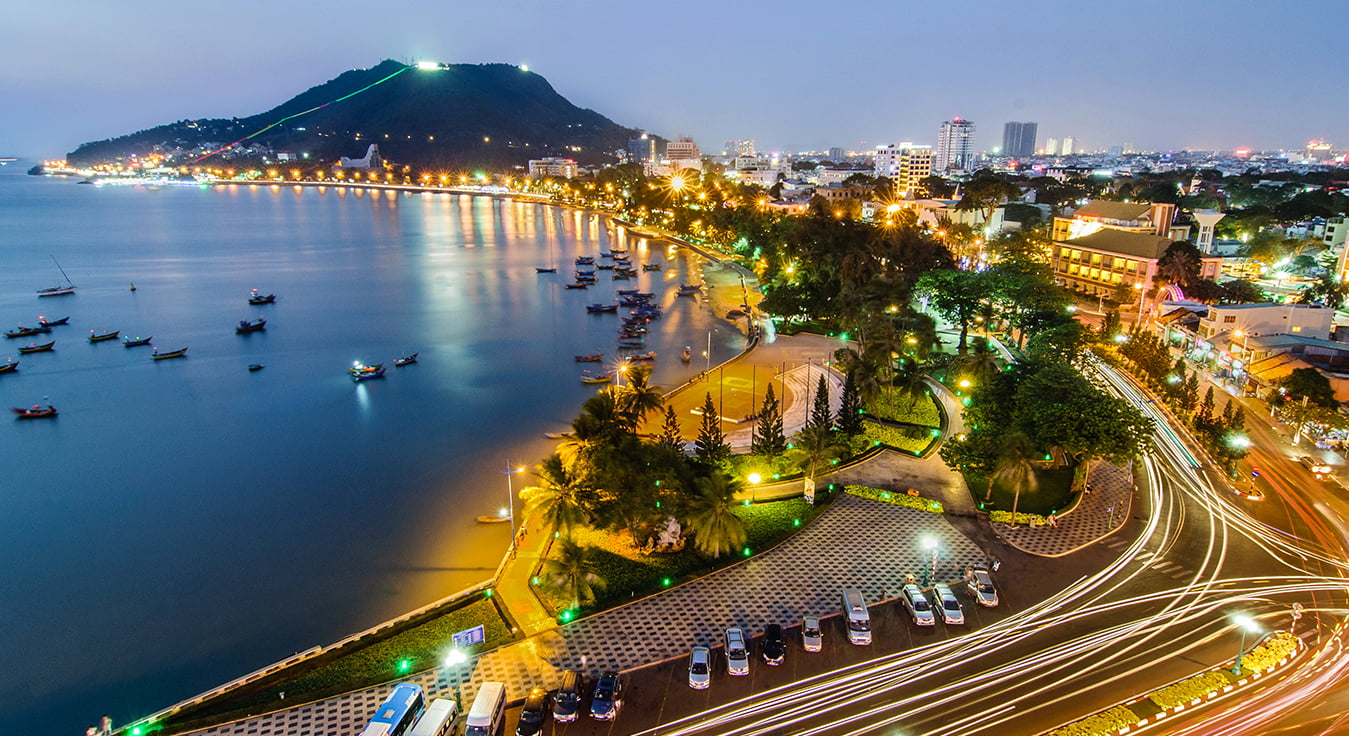
Comment (0)